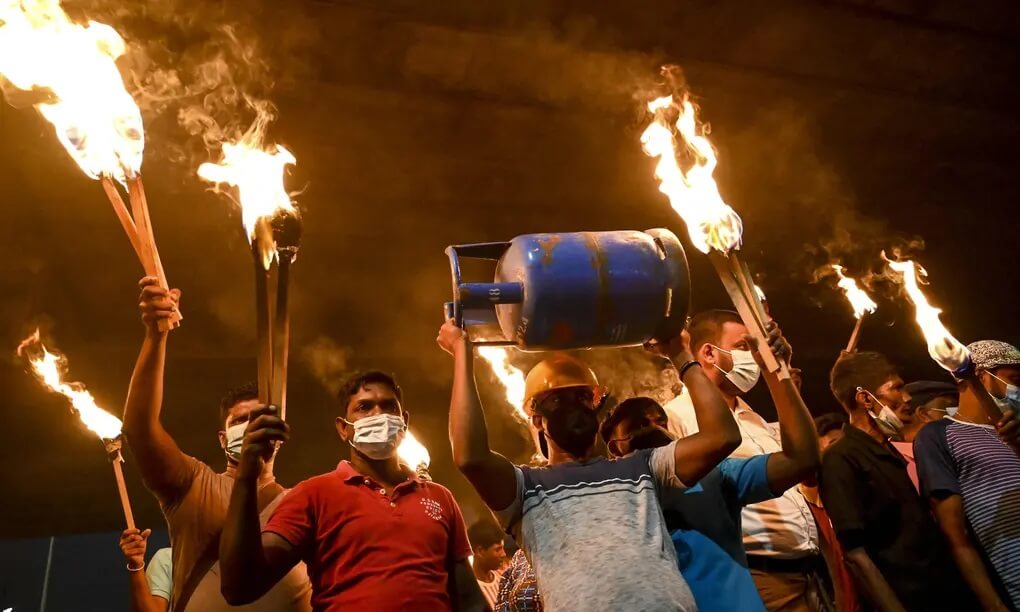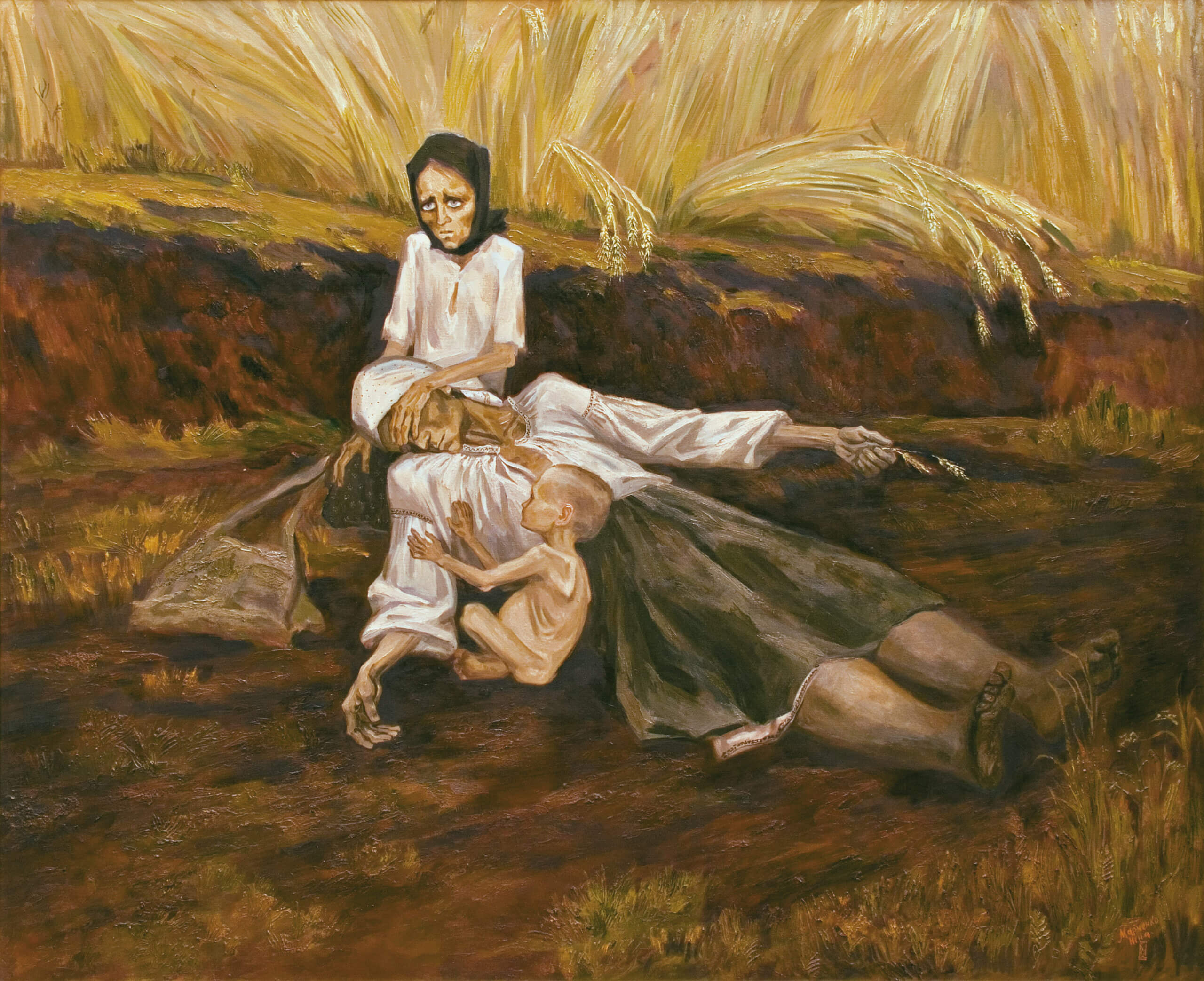The war in Ukraine is unique in that the effects of food shortages, hunger and poverty will reverberate around the world more than in the conflict region. While the growth in agricultural output in the Ukraine and Russia has been impressive, perhaps the main reason we have had very few food security crises over the last decade, the cutting off of exports, failure to plant a 2022 crop and loss of access to fertilisers will generate further food shortages and spell disaster for many developing countries before the first drought or failed crop is recorded.
Many lives will be lost from this Russian aggression; but many more, worlds away, will quietly die from famines and strife.
A weapon of war
Revolutions often germinate from hunger. From the French Revolution to the Arab Spring, history has shown that removing the ability to feed one’s family is an intolerable indignation. What will happen this year in developing countries where food prices might double, with basic staples going beyond the reach of large parts of the population? Will the populations blame the Russian invasion, or will they rise up against their governments? Putin’s name is not called out in the streets in Sri Lanka.

In conflict zones, starvation is the cruellest weapon of war. Biafra was perhaps the worst case in living memory, but this is not something consigned to our barbaric past. Recent UN data shows that of the 815 million people suffering from malnutrition, 60 per cent live in regions with armed conflict. Today we see food access ruthlessly being denied in “hunger hotspots” like Yemen, the Tigray region in Ethiopia and Myanmar.
Starvation was used against the Ukrainians in the Holodomor, and this has surely not been forgotten, 90 years on, as the word “genocide” has once again been expressed. As a Ukrainian-Canadian who grew up on a farm, the importance of a well-stocked pantry was one of my earliest lessons. After four generations, wealth is still measured in our home via stored food abundance.

But by this measure, many others will not be so wealthy. Assuming the war in Ukraine drags on, sanctions bite deeper and developed nations hoard their food stores, 2022-23 will sadly be known as the years of hunger, food crises and revolution with large population migrations, strife and famine defining the narrative.
The end of the age of food affluence
How will this narrative shift affect the public perception of agriculture and food production (often taken for granted in the affluent West)?
The urgent demand for higher yields and sustainable intensification will lead to greater challenges for the research community. To make matters worse, many areas in Western Canada, the United States, Argentina and Eastern and Southern Africa have been struggling with drought conditions.
I don’t imagine, under such horrifying global conditions, that calls for politically driven agroecology techniques or elitist demands for organic farming transitions will have much resonance in public dialogue. The activist impositions at the heart of the European Commission’s Farm2Fork strategy will timestamp the end of this era of ideology over agriculture and of food cults over science.

Out of tragedy comes hope
When a nation recovers from a famine or food crisis, it often turns its attention to better farming tools, agronomy, and more food autonomy. Those with full bellies see no need to change (and often restrict agricultural innovations) but those knowing want, want better farming. Following World War II, agricultural yields exploded in the US and Europe, aided by improved technologies. “Food for Peace” was the mantra. Enlightened leaders, exiting famines or hunger-driven conflicts, will look more openly towards agricultural technologies, better farming practises, better seeds…
Historically, agricultural yield increases have come largely from plant breeding innovations. At a time when the world will be refocusing on yields, researchers need to come forward with their seed solutions. The European Commission, after years of backward-looking ag-tech policies that would rival Lysenko, is prepared (finally) to listen and move forward to a more Mendelian approach to agriculture.
Seed researchers offering resilient varieties, higher yields and drought resistance will now have a more captive audience. Agricultural yields should once again occupy a primary seat in public dialogue and at the policy table. The research community will need to speak loudly to voice their solutions.
Out of the darkness comes the light.
David Zaruk is a Belgian-based environmental-health risk policy analyst specializing in the role of science in policy and societal issues. He blogs under the pseudonym: The Risk-Monger. Follow him on Twitter at @zaruk
A version of this article was originally posted at European Seed and is reposted here with permission. Find European Seed on Twitter @EuropeanSeed































